All photos were taken with the consent of the subjects. For additional protection, the eyes of subjects under 18 have been blurred.
P.S. Sorry for my long absence! Hoping to post more regularly as we enter the new year.
Many East African cultures believe that God rests atop a hill or mountain in their vicinity. Kenya is named after Mt. Kenya, which means God’s resting place in the language of the Agĩkũyũ, the country’s most populous ethnic group.
Likewise, in the traditional view of the Barabaig people, a subgroup of the Datooga who live in North Central Tanzania’s dry lowlands, God lives atop Mt. Hanang.
It is quite a privilege for me to spend time with this semi-nomadic group when I travel from my home in Nairobi to Tanzania every few months. Around 500 Barabaig families participate in an agriculture and livelihoods project I’m involved in as part of my job.
It takes over four hours to travel from Nairobi to Arusha, then another five hours to travel to Haydom, which is the most convenient town with a small hotel for us to spend the night in. But you won’t find many Barabaig in Haydom. It is still a far journey to find them, through a maze of winding dirt roads in the shadow of the mountain.
My colleague Gidufana is a Barabaig — he tells me that although it’s not easy for me to notice, it is quite unusual for his tribe to allow others in, especially foreigners. After years of disagreement with governments (local and international), they tend to keep to themselves.
It is difficult to capture my experience with the Barabaig in words — If I had to pick one, it would be resilient. Despite years of pressing challenges — environmental and otherwise — they have pushed forward, and continue to push forward every day.
With that being said, here are some photos documenting my time with them, paired with some brief descriptions and reflections.
Barabaig women wear colorful patterns and make their own clothes from cow skin. They often wear earrings and other jewelry handmade from beads. I have met this woman — a smallholder farmer who serves in a leadership position amongst her peers — several times, and she always wears her housekey as a necklace so she’ll never lose it. The Barabaig are famed for being skilled blacksmiths, welding knives, jewelry, and other metalworks by hand.
Some Barabaig women decorate their faces with tattoos made by inserting charcoal into a small incision. As you might imagine, the process is extremely painful, meaning that those with multiple rings like the woman shown above are renowned for their strength in the face of hardship.
Like in many rural communities in East Africa, Barabaig take some responsibility in caring for anyone younger than them. This young girl is shown carrying her even-younger sibling.
In the 1980s, the Barabaig were removed from their land by a Canadian wheat-farming project, despite the land being inhospitable to wheat. The Barabaig were sent further from the mountain where they believe God is resting. The younger men and women speak of this time like it is a legend they’ve only heard from their elders. But this elderly woman remembers it vividly—as if it were yesterday.
Young Barabaig are not taught to be nomadic pastoralists like their ancestors. Instead, they are taught to stay in one place and till the earth, planting fruit trees, raising chickens, and collecting rainwater on the few days days of rainfall they receive. This is a common phenomenon in 21st century sub-Saharan Africa, and the only way to survive as surrounding land is demarcated and developed.
On our last day with the Barabaig, I smiled watching this young woman playing with her niece as the sun set behind them. It was a reminder of the life that exists here, the stories engrained deep in the soil which this infant would one day hear.
I sometimes reflect on how far I’ve come in order to meet with this group of people — my home, New Jersey, feels a far cry from this small village in North Central Tanzania! And it certainly is. Over Christmas, I had an opportunity to experience this juxtaposition as I spent two weeks in the U.S. with my family. When I am in the U.S., I realize the natural beauty and vibrant culture I often take for granted while living in sub-Saharan Africa. I can see how much of a privilege it is to see things that most western eyes never have a chance to see. Then, when I am here in Kenya, I long for the warmth of my childhood home in winter, for the loving gaze of my family members welcoming me back to what is familiar. Although it can feel as if I’m neither completely here nor completely there, I know that these stories and experiences are what build a person — and I’m quite grateful for that.
Until next time,


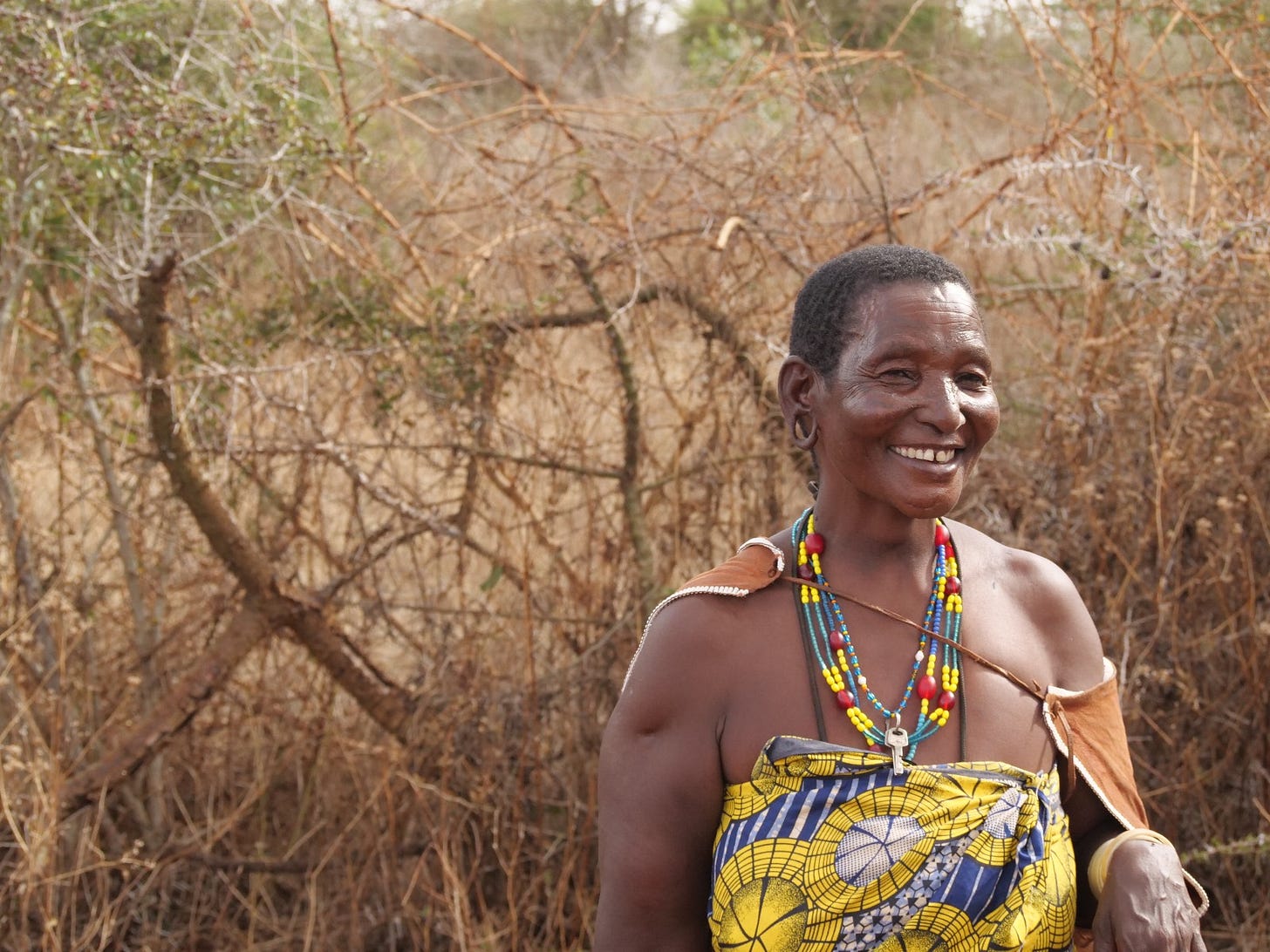
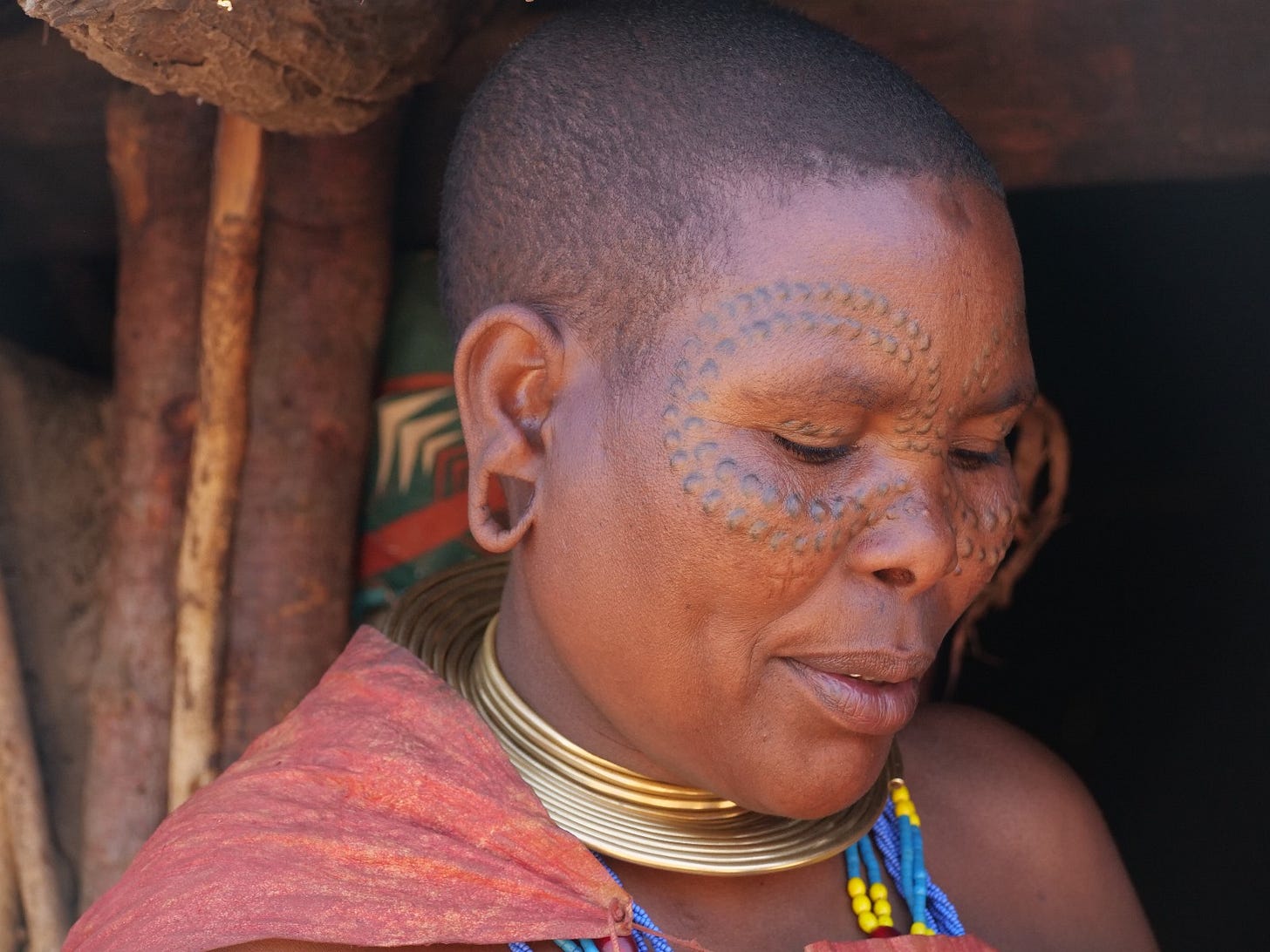
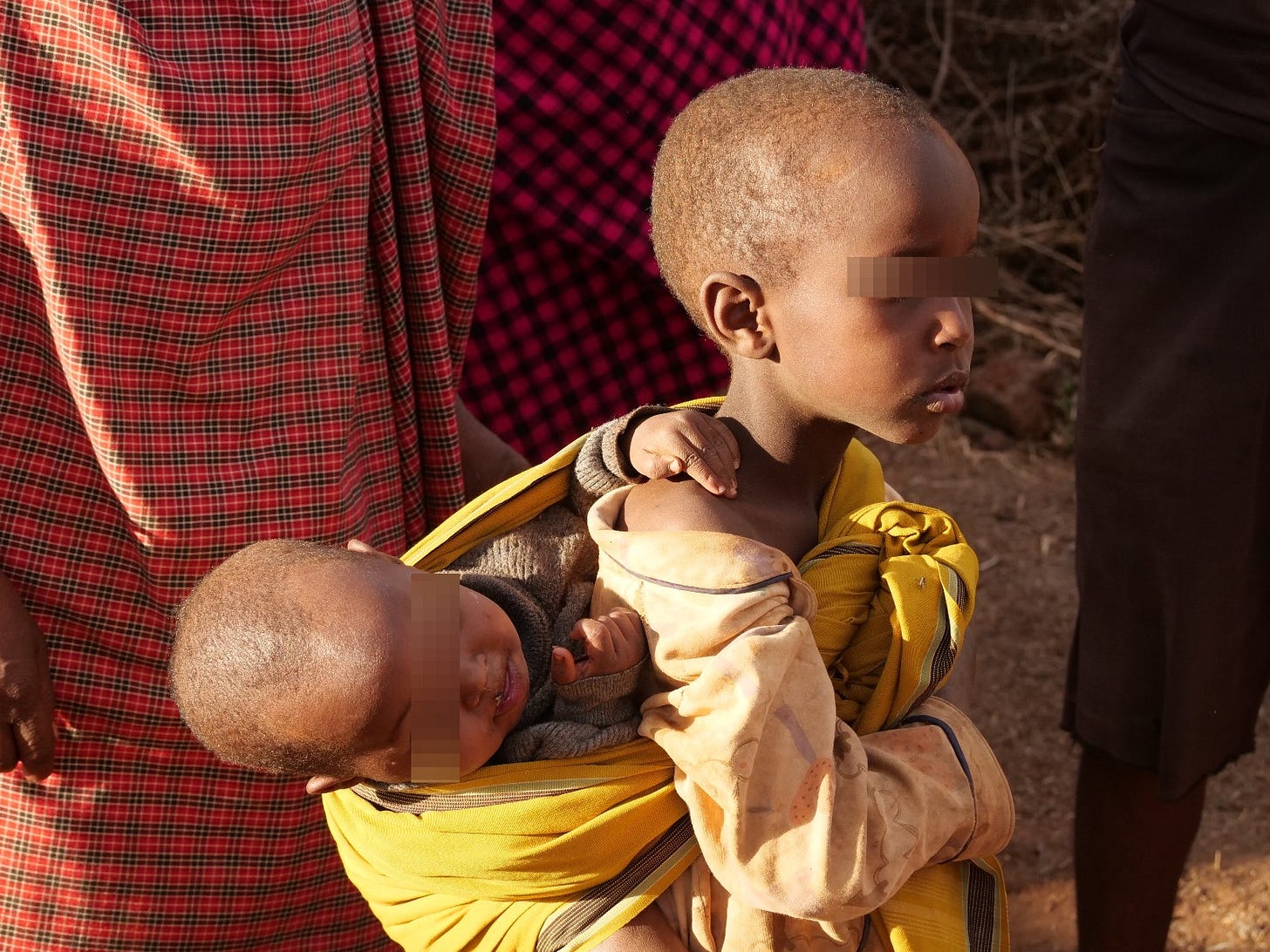
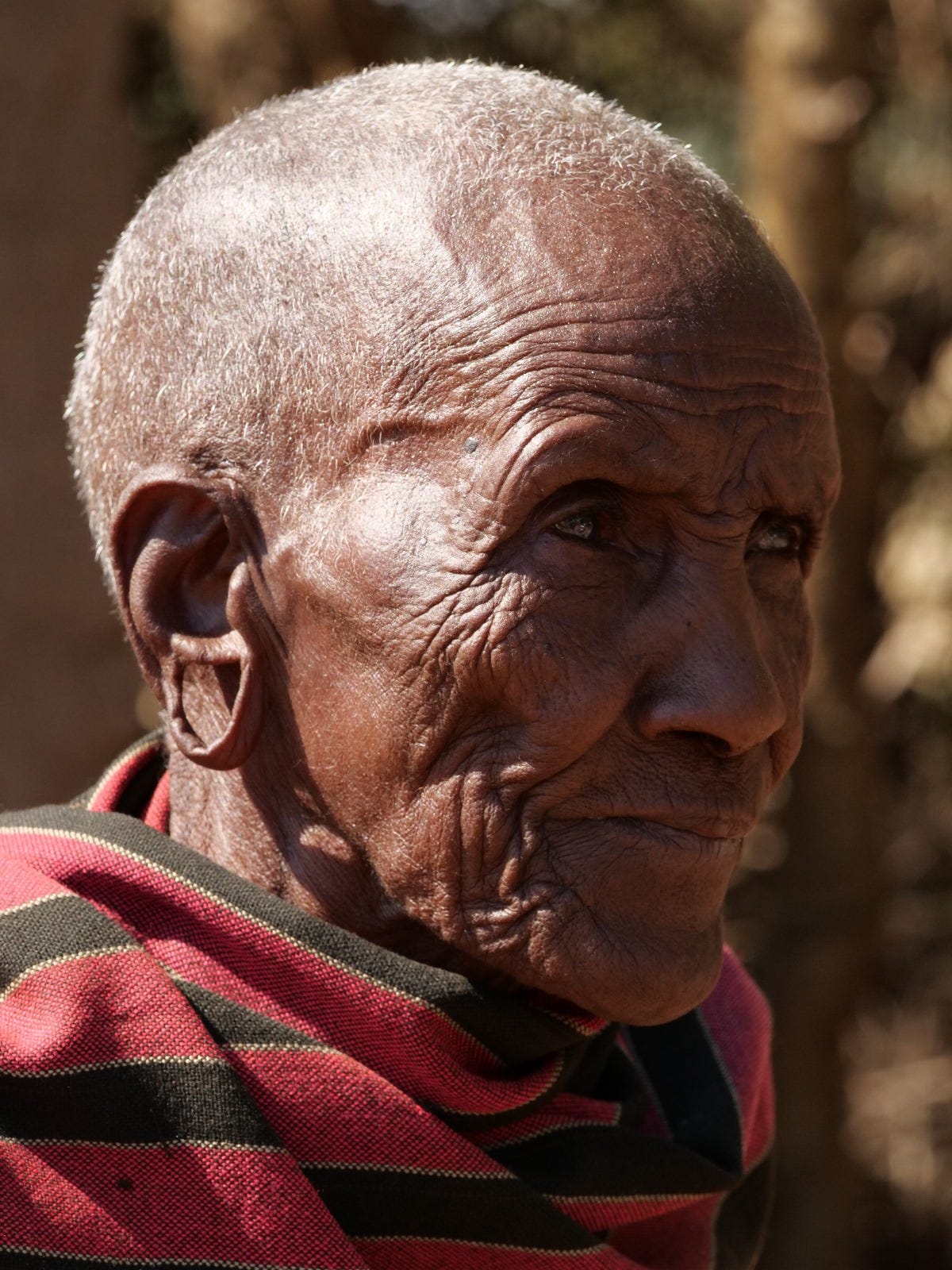
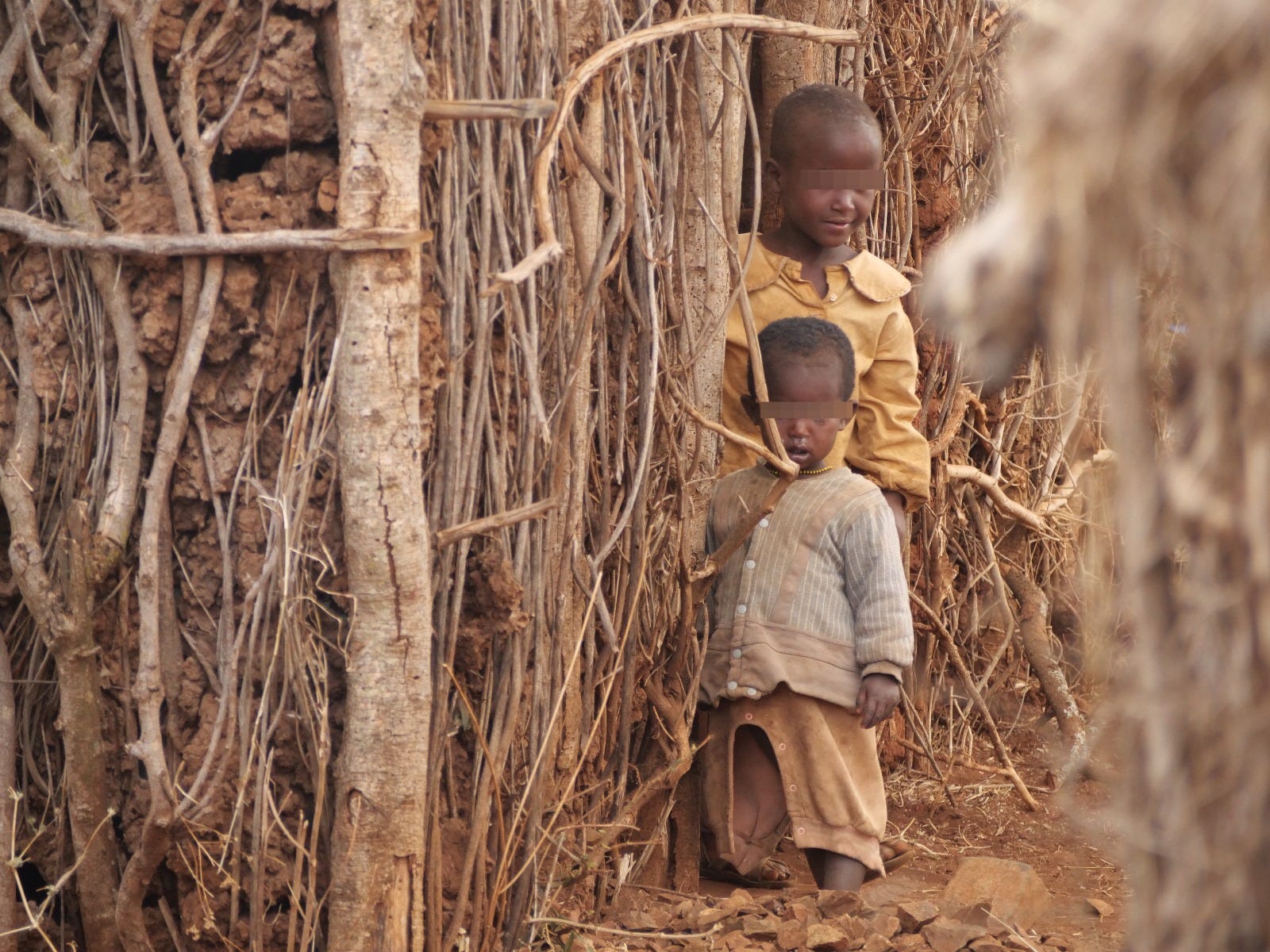
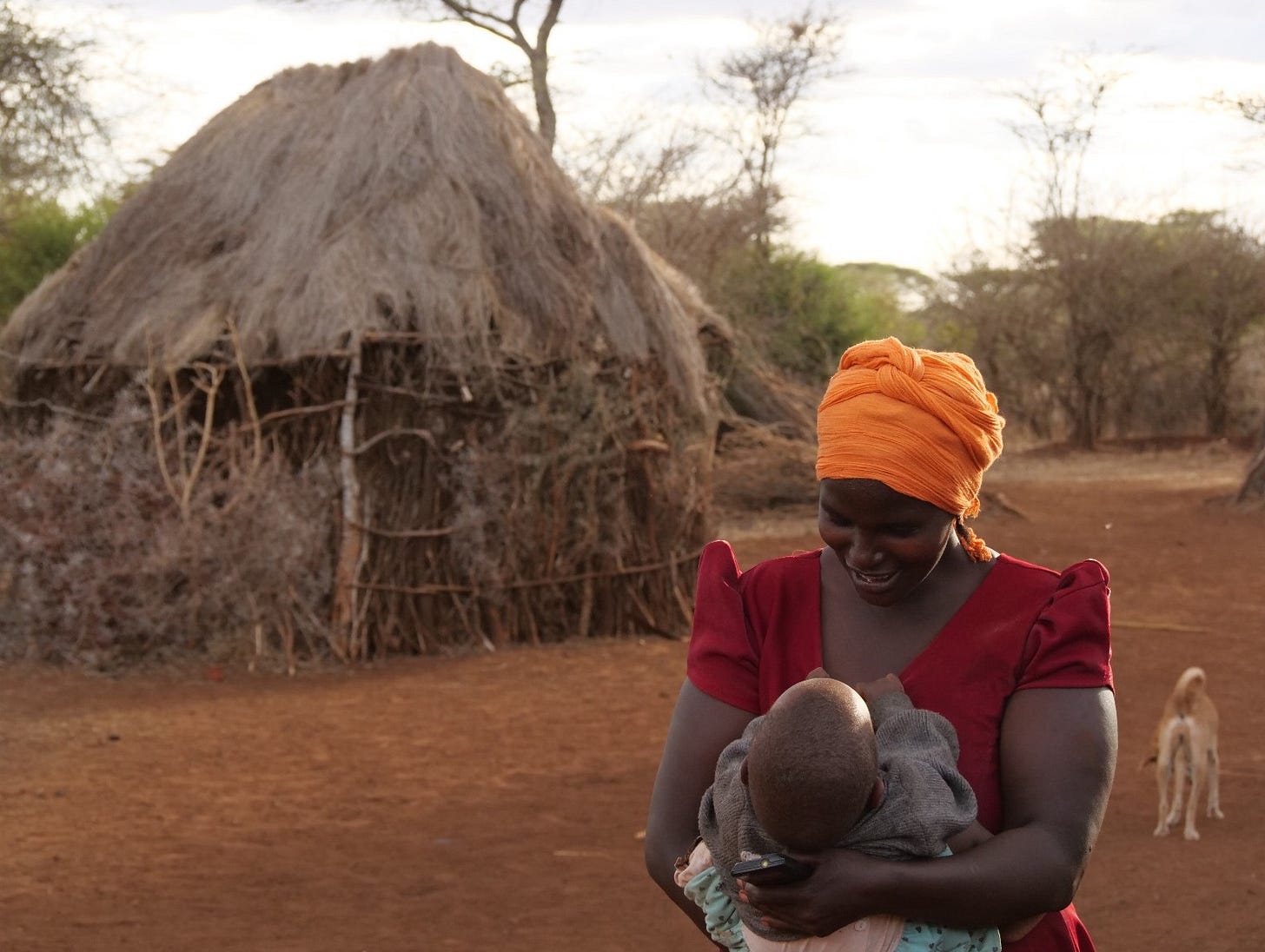

Heey Mwangi, happy new year. Lovely reading this article, thank you for writing. I didn't know of this tribe known as the Barabaig, I'm now informed!
Wishing you a great year as you carry on with your amazing job. God bless and do visit Wendo again when you have a break.
Thank you for the photos of the Barabaig people. Their story is very interesting. I am curious about the Canadian wheat-farming project that moved them from their land. What organization was behind it? Who gave them the authority to move the people from their own land? If the land was not suitable for wheat, why couldn't the people take back their land? So many questions...